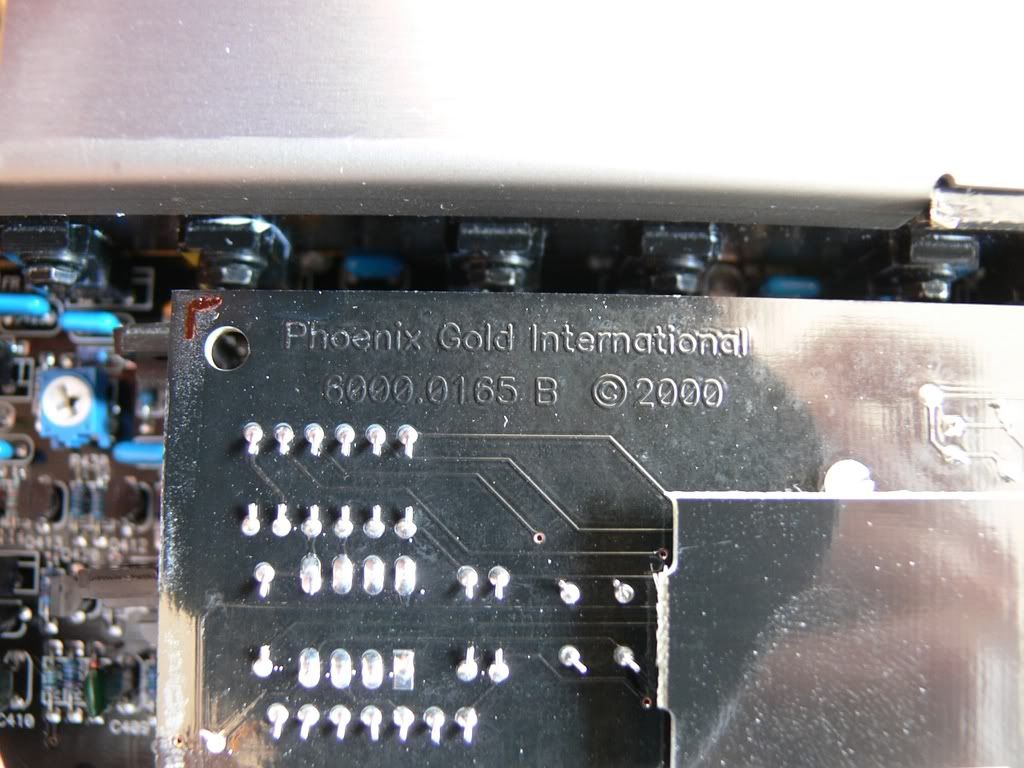Bass boost and cranked gains are the main enemies of amplifiers. For every 3db of boost you add, you are requesting double the power from the amplifier at that frequency. Also, a sensitivity/gain knob is made to match your input frequency (RCAs from the headunit) to the inputs of the amp. If you internally removed the preamp of your amplifier, it would be set up to play it's maximum output at around 8 volts input signal. This means your headunit would have to put out 8 volts RMS, and very few of them can actually do that.
A preamp acts to boost the low voltage headunit output, up to the expected input level of the amplifier. This is what the sensitivity knob adjusts... it tries to convert your 2 volt headunit signal into an 8 volt one, so that the amplifier can play at full volume. However, if you crank the gains, you are telling the amp to be sensitive to 0.2 volts instead of 2! This means it will try to boost the voltage by much more. This could cause signal clipping, which kills amps and speakers alike.
Now I am guessing with your gains cranked on the Clarion, you probably didn't use all of your headunit volume knob? Ideally you want to have at least 3/4 range on your headunit, because that means you get the highest possible output voltage... more voltage means better noise isolation, means better sound quality. Now if you keep turning your headunit up, and it becomes painful distortion... you are probably clipping! If you had sufficient power, then the amp would just keep turning up and it would still sound crystal clear.
So to set your amp up, disable your EQ and everything.. check out the How-To section for "setting your gains via DMM". With a multimeter, you can ensure that your preamp is properly ramping up the voltage, and you are getting the full rated power out of the amplifier, without clipping, at maximum headunit volume. This is the ideal situation.
Another thing worth mentioning is how to properly tune an EQ... If you find that you want more bass in a track... what do you do? Boost the bass? NO!! Reduce your treble and midrange instead. Reducing a signal will never cause harm to an amp, but boosting creates artificial distortion, and asks for too much power from the amp.
MORTIS wrote:^ I’m sure you know more about this than I do. It is odd though – I got the Ti to replace my Clarion APA4162 which was 40rms x 4 @4ohms, and I’ve hooked up the Ti the same way and figured I’d be able get more sound pressure with the Ti. I ran the Clarion with the gains at max for years and the amp performed flawlessly and never got more than slightly warm in temperature. The bass it played in my tubes sounded very tight, clean, and smooth. I received many compliments on the SQ of my system.
I do however want to heed your advice since I do value the Ti’s health more than the Clarion.
So do you think if I were to reduce the HU eq bass and treble a few notches and keep the sub out and amp gains at a moderate level, I would then be able to raise the system volume enough to get the bass sound pressure I’m wanting?
Also, I’ve only run the new amp install briefly a few times now, and I live where the current season temperature is around ‘0’ Cels, and after only about 5 minutes with the system on, the fan was running at slow speed. The amp itself still felt ice cold to the touch. Are these fans supposed to run all the time regardless of amp temp? I thought they were activated by a thermostat only when it got hot.
Thanks again
